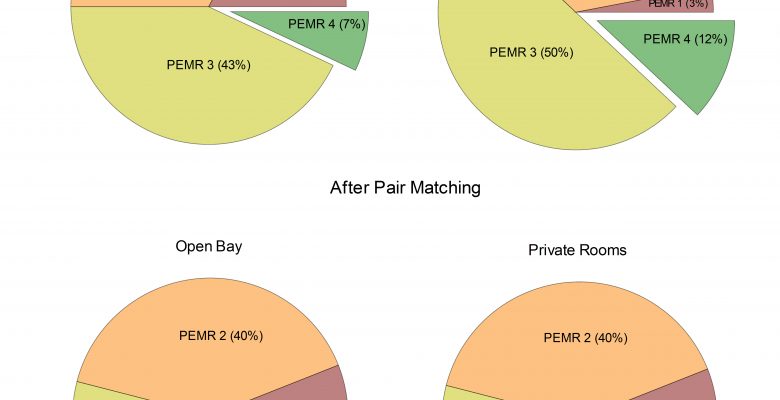Evidence Based Design (EBD) research analyzes the built environment through a very rigorous lens, one that takes its methodology from scientific protocol. Most environmental designers are not well versed in the utility of scientific methodology for demonstrating design efficacy, even though they employ a similar method of questioning. Using a previously published study as a model, an approach to EBD research is outlined that uses shared precepts between these two seemingly disparate disciplines. Design questions are assessed as to their subjective or objective nature and translated into testable hypotheses. Literature reviews aid in understanding where a study fits within a larger body of research and in determining if it will affirm or refute prior findings. Subject populations are assessed and sub-divided to best determine the impact of design interventions. Once the subject population is determined, various methods for collecting and analyzing data are used to ensure statistical validity, though the assessment of causality may not be possible or demonstrable.
This article originally appeared in Vol 03.02 of the Perkins+Will Research Journal.CLICK HERE to see the whole article.

